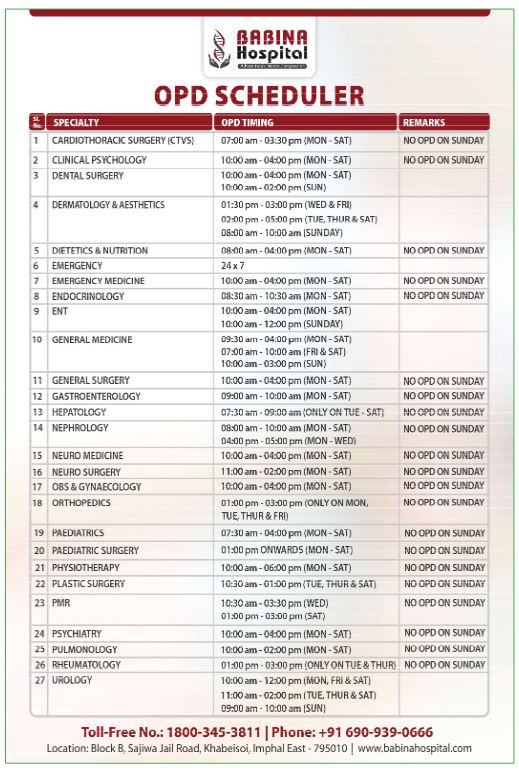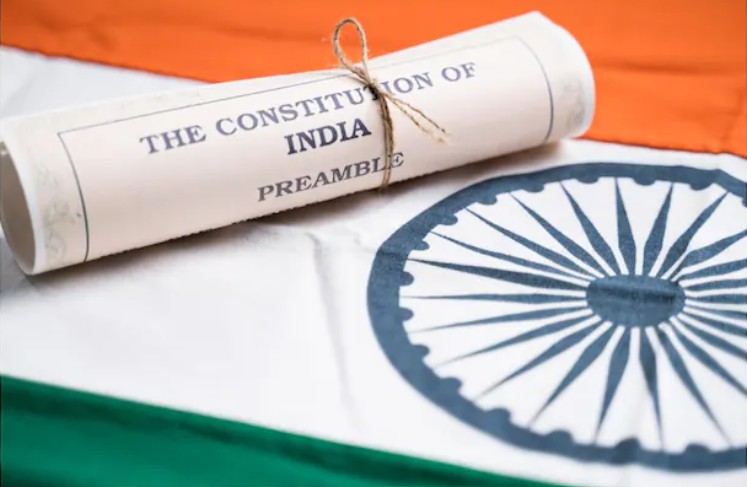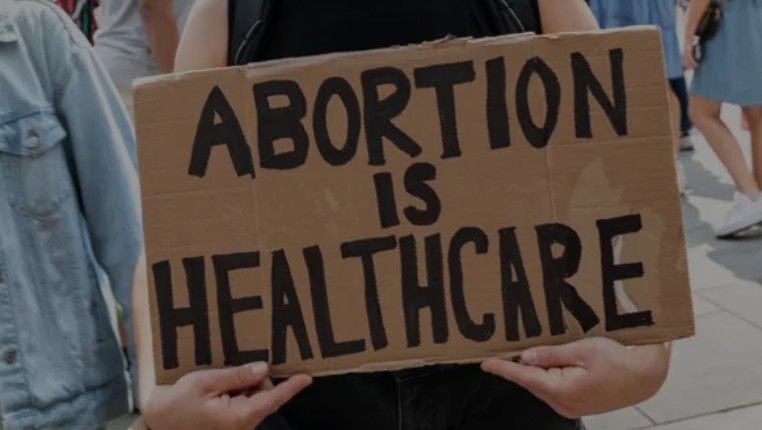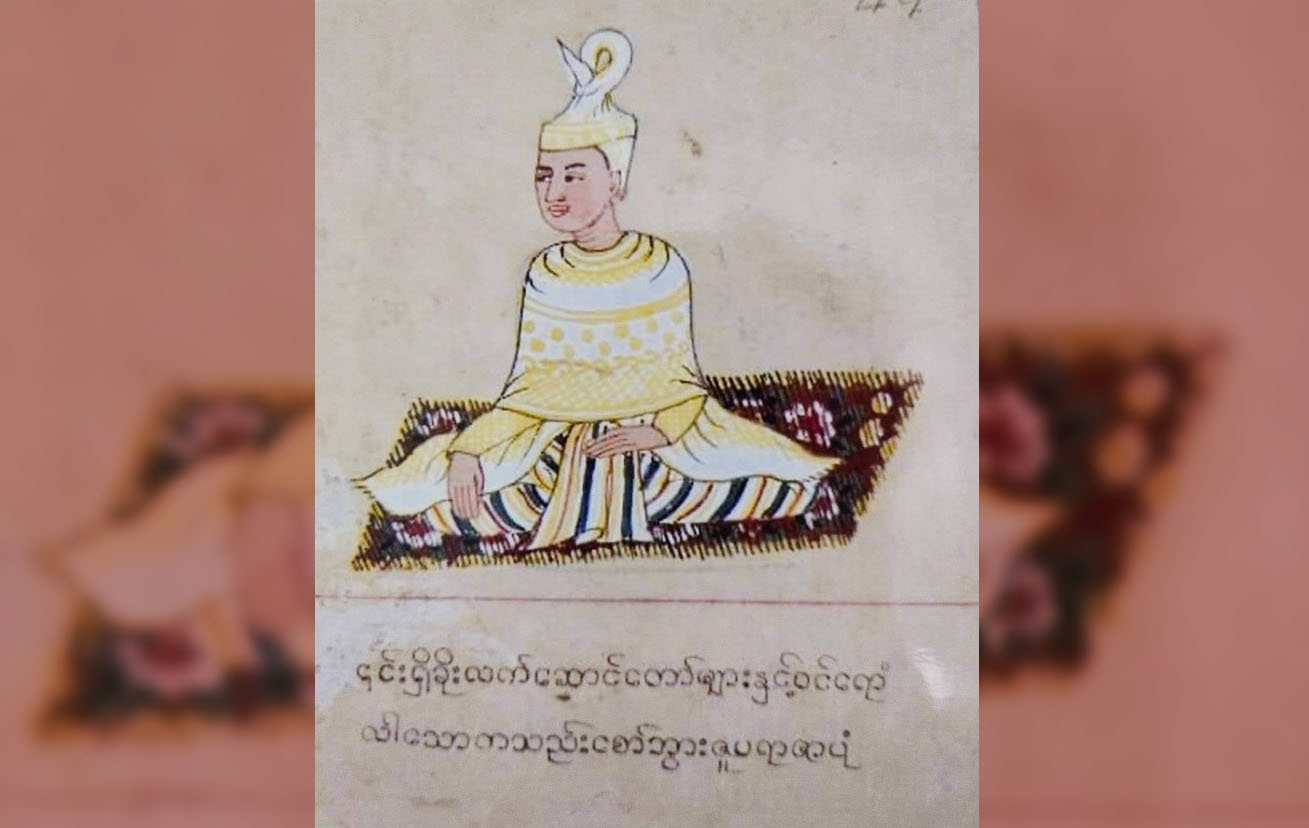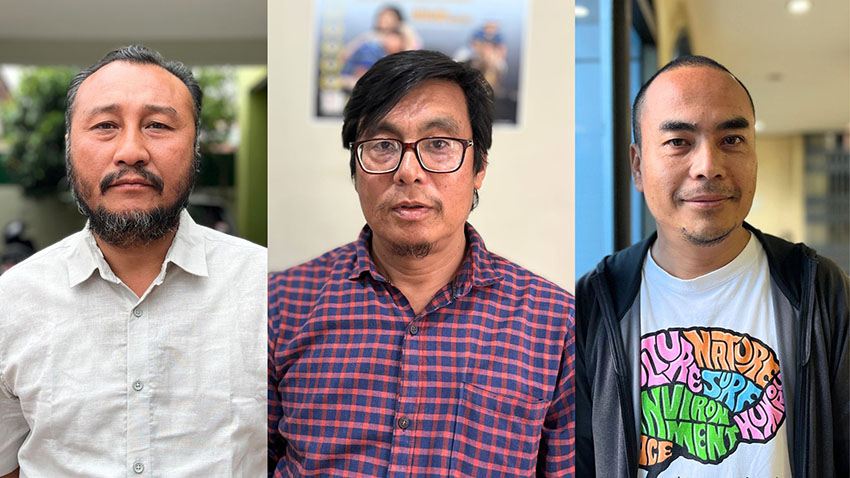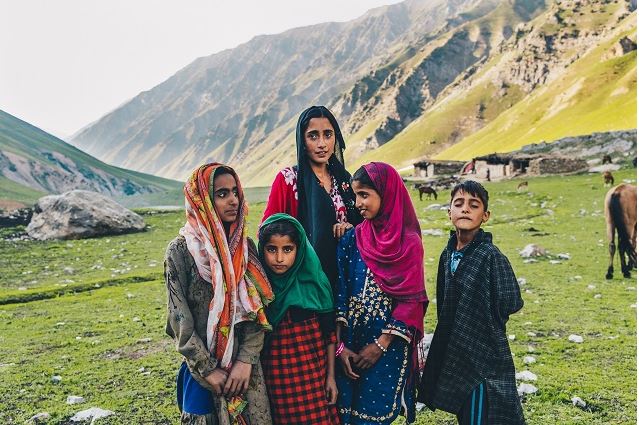“To my mind, a law does not cease to be tyrannical because it is passed by the elected representatives of the people. In fact, you have, sometimes, a great emperor who, as a benevolent despot, may give a better administration than elected representatives.” – Nani Palkhivala
The abrogation of Article 370 in 2019 was a major event in India, which had evinced polarising reactions across political divides. The heavy militarisation that accompanied the move didn’t make matters any better. When the issue finally reached the Supreme Court and the judgement was pronounced in 2023, the Union government’s actions were upheld by a five-judge Constitution bench. Main issues flagged were whether an element of sovereignty was retained in the Jammu and Kashmir (J&K)’s existence post-its accession into India (to be noted: J&K didn’t sign a merger agreement as did the other Native/Princely States); whether Article 370 is a temporary provision; whether the President of India could abrogate the special status of J&K under Article 370 without the recommendation of the J&K Constituent Assembly, and also related to that, the question of the constitutionality of the legal fiction of the State’s Legislative Assembly subsuming or replacing the role of the dissolved Constituent Assembly of J&K also came up.
J&K is an interesting case because it had signed the Standstill Agreement with Pakistan, but was quite unsure as to joining either one of the then Dominions of India or Pakistan (per Mountbatten Plan’s framework, 1947), or remaining independent upon ‘lapse of paramountcy’ (the concept of which the British Cabinet Mission of 1946 had formulated, but the Indian political groups then didn’t agree to this interpretation). Nehru, partly by dint of his personal attachments, didn’t want to let Kashmir go; but, as per historian Rajmohan Gandhi, Sardar Patel, at one point, was amenable to giving up Kashmir (ruled by a Hindu king with Muslim-majority subjects) for Hyderabad (ruled by a Muslim king with Hindu-majority subjects). The Pakistan-instigated Pathan tribal invasion of Kashmir forced the hand of Maharaja Hari Singh to go into an arrangement with India for protection. J&K, Junagadh and Hyderabad were the only Princely States which had exceeded the 15 August, 1947 deadline to accede to either India or Pakistan, while Junagadh (in present-day Gujarat) had later on signed the Insturment of Accession (IoA) to accede to Pakistan. In Junagadh’s case, India managed to recover the territory. Junagadh was, similar to Hyderabad, ruled by a Muslim king with majority Hindu subjects.
The 2023 judgement was not received well by legal luminaries such as Fali S. Nariman, Rohinton Nariman, Madan Lokur and Faizan Mustafa. The majority judgement’s conclusion was that J&K didn’t retain any sort of sovereignty even though it was bound by its ‘special status’ through its own separate Constitution that was drafted by the separate J&K Constituent Assembly. Clause 3 of Article 370 had provided that the President could make inoperative Article 370 with recommendation by the Constituent Assembly of J&K (which was dissolved in 1957 and, as per one legal interpretation, had assumed a feature of permanence, since it could no longer give the recommendation due to its non-existence. The judgement, however, contended that this could not limit the President’s ‘plenary’ power to abrogate the provision).
Justice Kaul had differed with Justice Chandrachud on the point of sovereignty by concluding that the State of J&K did retain an element of ‘internal sovereignty’ despite the fact that the accession was done though IoA, since Article 370 had recognised that element by recognising the Constituent Assembly of the State of J&K. To circumvent the legal loophole of the non-existence of the Constituent Assembly, Article 367 (which, in its essence, is an interpretation clause, not a substitution clause, designed to aid the interpretation of the Constitution of India) was amended through C.O. 272 [the Constitution (Application to Jammu and Kashmir) Order, 2019] issued by the President of India to replace the phrase ’Constituent Assembly of the State’ with ‘Legislative Assembly of the State’. After the insertion of Article 367(4), Article 367(4)(d), in effect, amended Article 370(3), which resulted in the above-mentioned replacement/substitution. Further, clause 1(d) of Article 370 provided for the extension of the features of the Indian Constitution to J&K through Presidential orders, with concurrence of the State government—this was used by the Union Government to extend all parts of the Constitution of India to J&K, thus rendering Article 370 inoperative. Since the State was placed under President’s Rule under Article 356, and the Union Parliament had assumed/subsumed the role of the Legislative Assembly (which was then suspended), the required concurrence was taken as ‘assumed’ or ‘on behalf of’. Subsequently, J&K’s statehood was dismissed and then, bifurcated into two Union Territories under Article 3 with the passage of the Jammu and Kashmir Reorganisation Act, 2019. Here again, the issue is of the State’s legislature’s right to have its ‘views’ before any such bill to alter the territory of the State is introduced in the Parliament. Since J&K was under President’s Rule, the Union Parliament assumed the State Legislature’s role and went ahead with the bifurcation. What is problematic with this ‘constitutional sleight of hand’ is that there is a difference between ‘legislating’ (making laws and passing budgets) on behalf of the State and expressing/opining ‘views’ on behalf of the State by the Union Parliament. This has alarmed many legal observers on the possibilities of misuse in hypothetical situations where the Union government can, within law, apply Article 3 to a federal State after placing it under President’s Rule, which would rule out giving the opportunity to express ‘views’ (not consent) by the State’s legislature. It sets a problematic legal precedent.
The ‘Basic Structure Doctrine’ (BSD) introduced by the Kesavananda Bharti (1973) case imputed that the core features and principles of the Constitution cannot be interfered with by any amendment. The 2023 judgement had concluded that Article 370 doesn’t come under BSD, and therefore could be set aside. The judgement had concluded that the Union government’s actions didn’t amount to any mala fide intent, and here, the discourse of intent and intentionality needs further examination. The judgement surely has opened up obvious anxieties regarding the other special provisions enshrined in the Constitution such as 371A (Nagaland), 371F (Sikkim), 371G (Mizoram), where Sikkim’s case here is a unique one due to the circumstances under which it “joined” India (see, clause (m) of 371F). Comparatively, the United States’ model of accommodating the treaty recognition of the Native Americans/Indian populations, whose indigeneity and lands have been recognised in the US Constitution can be considered (also, the US Constitution safeguards the federal units’ territorial sanctity under Article IV, Section 3, whereas in India’s case, it was observed in Raja Ram Pal v. Hon’ble Speaker, Lok Sabha case that “India is an indestructible Union of destructible units.”). US’s founding fathers like Benjamin Franklin had incorporated the Native nations such as the Iroquois Confederacy’s systems of governance in US’s federal structure. The official discourse on indigeneity in India needs to be expanded; Justice Markandey Katju’s 2011 judgement, which mentioned about Adivasi indigeneity in India can be a starting point to further problematise an honest and inclusive discourse.
The Indo-Naga political negotiations are also stuck on the question of flag and constitution, and other substantive issues of competency clauses. Different political groups across Northeast India’s different states are also demanding variants of an upgraded federal autonomy. What it is shows is that, within Northeast India and also beyond, the debate on Indian federalism’s current form and its discontents is very much alive. Coalition for Indigenes’ Rights Campaign, Manipur (CIRCA)’s pre-merger demand movement had also opened up the constitutional debate and sought a political solution to the varied political contradictions in Manipur “within the framework of the Indian Union” and not “under the framework of the Indian Constitution” in its current form by calling for restructuring of the Indian Constitution to accommodate Manipur’s particular crises (reference: CIRCA’s 2015 booklet ‘Why Pre-merger Political Status for Manipur?’). Similar to how the US Constitution drafters learned from the Iroquois Confederacy, lessons can be learned from pre-merger (under the framework of the Manipur State Constitution Act, 1947) Manipur’s first elected Council of Ministers of 1948 under the Manipur State Constitution Act, 1947 had, out of 6 Ministers, 3 from the minority communities (1 Tangkhul, 1 Kom, 1 Manipuri Muslim), while the Speaker was a Paite. Manipur’s cosmopolitanism rooted in its history and federal possibilities should be studied and encouraged. It can become a model to transcend the current underlying and explicit turmoil in Northeast India where congealed ethnic identities are increasingly being seen as the ‘sole source of protection’, which does not augur well for any society where different communities have to co-exist.
Even though India is still a maturing democracy with less than 100 years of its existence, its constitutional morality, ethics and imagination should be secure enough and move beyond ‘insecure federalism’ to accommodate diversity, and be especially protective of its vulnerable populations with numerical/demographic fragility in relation to those communities with incomparable demography. The Basic Structure Doctrine has to expand in its scope and abstraction.

